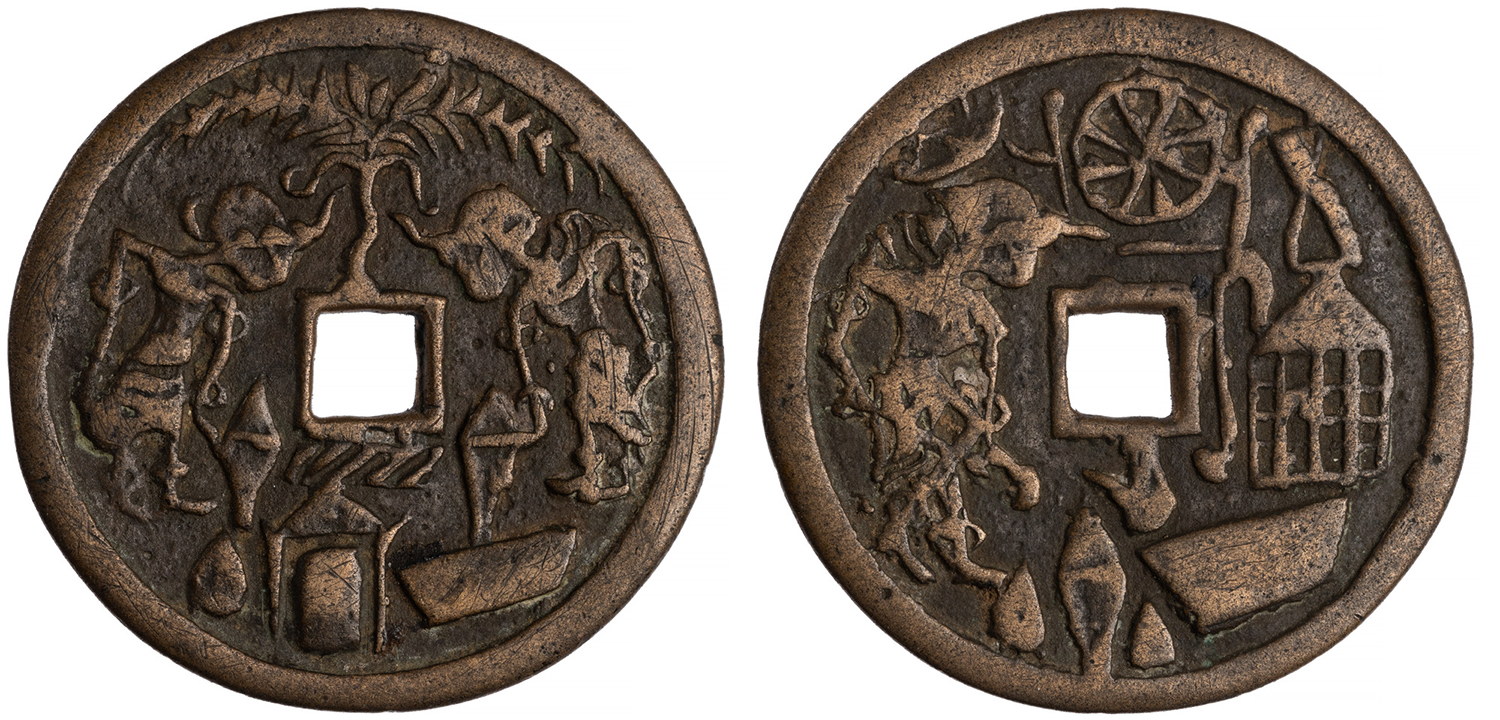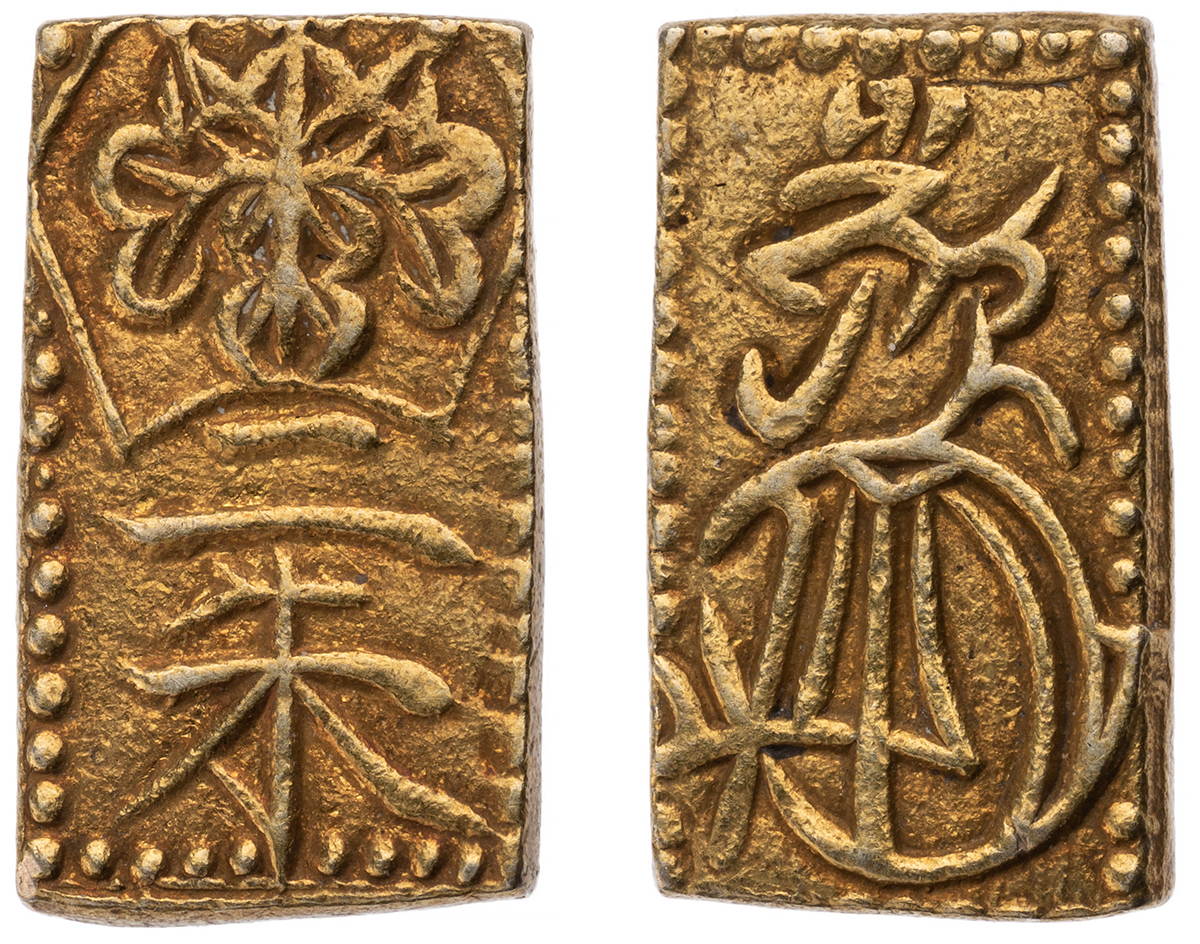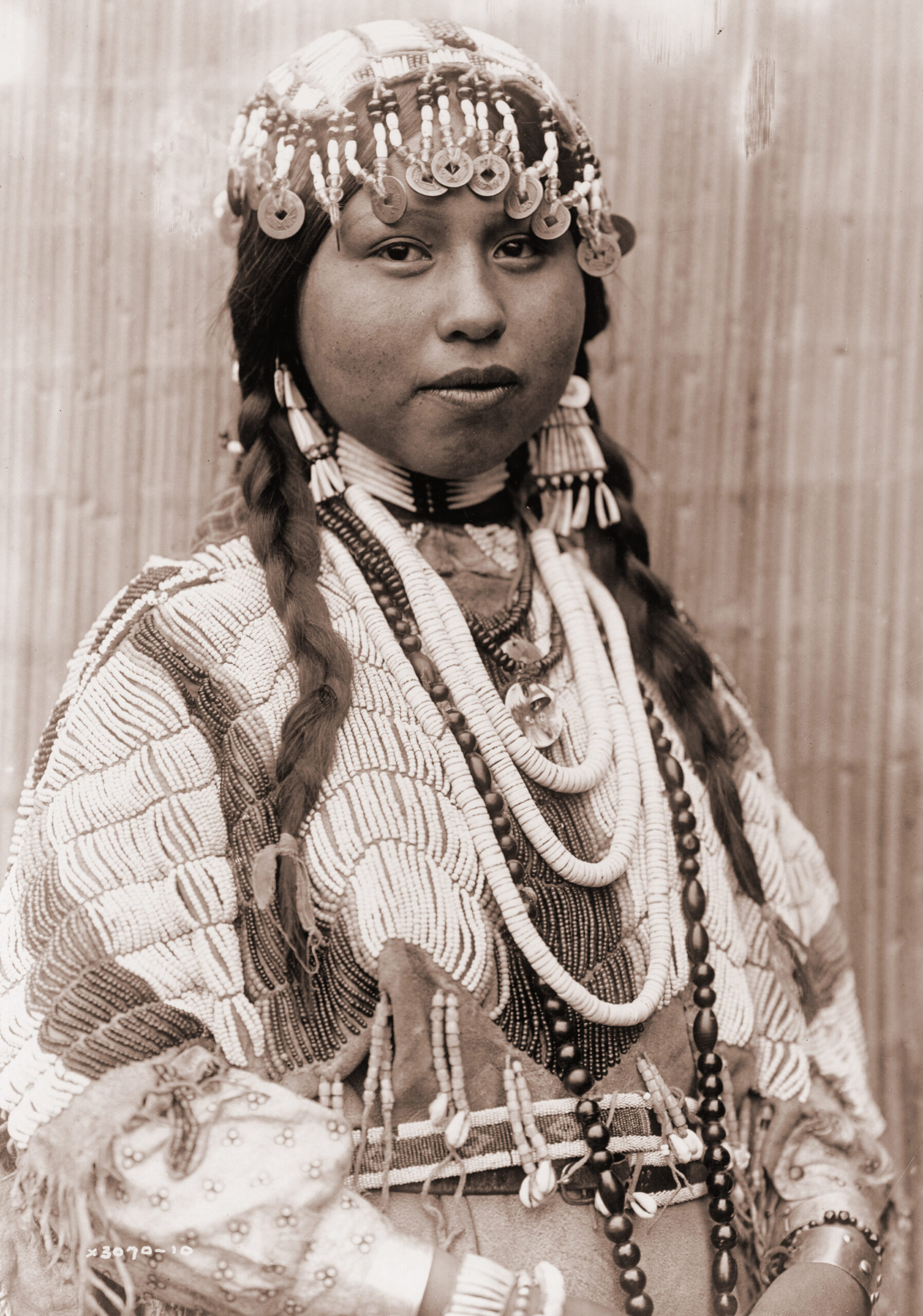Samarqand's Cast Coinage of the Early 7th–Mid-8th Centuries AD: Assessment based on Chinese sources and numismatic evidence
By Xiaoyan Qi
Samarqand, named Kang (康) in Chinese sources, formed a tributary relationship with the Tang Dynasty (AD 618–907). According to Tang Hui Yao, Kangju Dudufu (康 居 都 督 府) was set up in Samarqand in AD 658. The local rulers of Samarqand were considered as the officials of the Tang Dynasty, but the land enjoyed a large degree of independence. In AD 621, the Tang Dynasty began to mint a new coinage, Kai Yuan Tong Bao (开元通宝), featuring a square hole in the center (Figure 1). Samarqand issued its own coinage imitating the Tang prototype. From the early 7th to the mid-8th century, Samarqand’s coinage was cast with the square hole in the center, and the Chinese characters were gradually replaced by the king’s name and title on the obverse (Figure 2).
Ten Samarqand kings have been identified based on the names on the obverse of the coins. Chinese sources render important clues about these kings, so paralleling the names on the coins and records of these kings in Chinese sources helps to construct the chronology of the Ikhshid Dynasty. The primary Chinese dynastic histories are Wei Shu (魏书), Jiu Tang Shu (旧唐书), and Xin Tang Shu (新唐书). The names of two kings known from the coins cannot be identified clearly with the names in Chinese sources. Based on my current research, Shishpir can be identified as Sha Se Bi (沙瑟毕) and Mastich-Unash can be identified as Ni Nie Shi Shi (泥涅师师). The names of two kings, Urk Wartramuka and Afrig (Devashtich), appear on the coins, but are not recorded in Chinese sources. It is difficult for us to find a satisfactory explanation; however, it is understandable to place these facts in the political upheavals when Chinese historians lost track of the periphery of their empire.
The tamghas on the reverse also reflect a complicated picture. The coins can be classified into three groups based on the tamghas. The first group includes the coins of Shishpir, Wuzurg, Wartramuka, Urk Wartramuka, and Mastich-Unash. The second group includes the coins of Tukaspadak, Tarkhun, and Afrig (Devashtich) (Figure 3). The third group includes the coins of Ghurak and Turgar (Figure 4). Compared with the family relation between the kings in Xi Yu Zhuan, Xin Tang Shu, not all the kings using the same tamghas are from the same family. Some earlier study suggested that the tamghas are used as a family sign or a dynastic symbol. But for the tamghas on Samarqand cast coinage, they should have more profound political-historical meanings.
Finally, Samarqand cast coinage will be studied in a wider context, which are viewed from the perspectives of historical process, continual exchange and interaction between different cultures as well as the circulation of the coinage within the Sogdian commercial network in the Silk Road.
Xiaoyan Qi participated in 2016’s Eric P. Newman Graduate Seminar. Qi is a PhD candidate at Nankai University in Tianjin, China, currently a visiting student at the Institute for the Study of the Ancient World (ISAW). Her current research focuses on Sogdiana during the Hellenistic period based on ancient texts, numismatics, and archaeological evidence.









